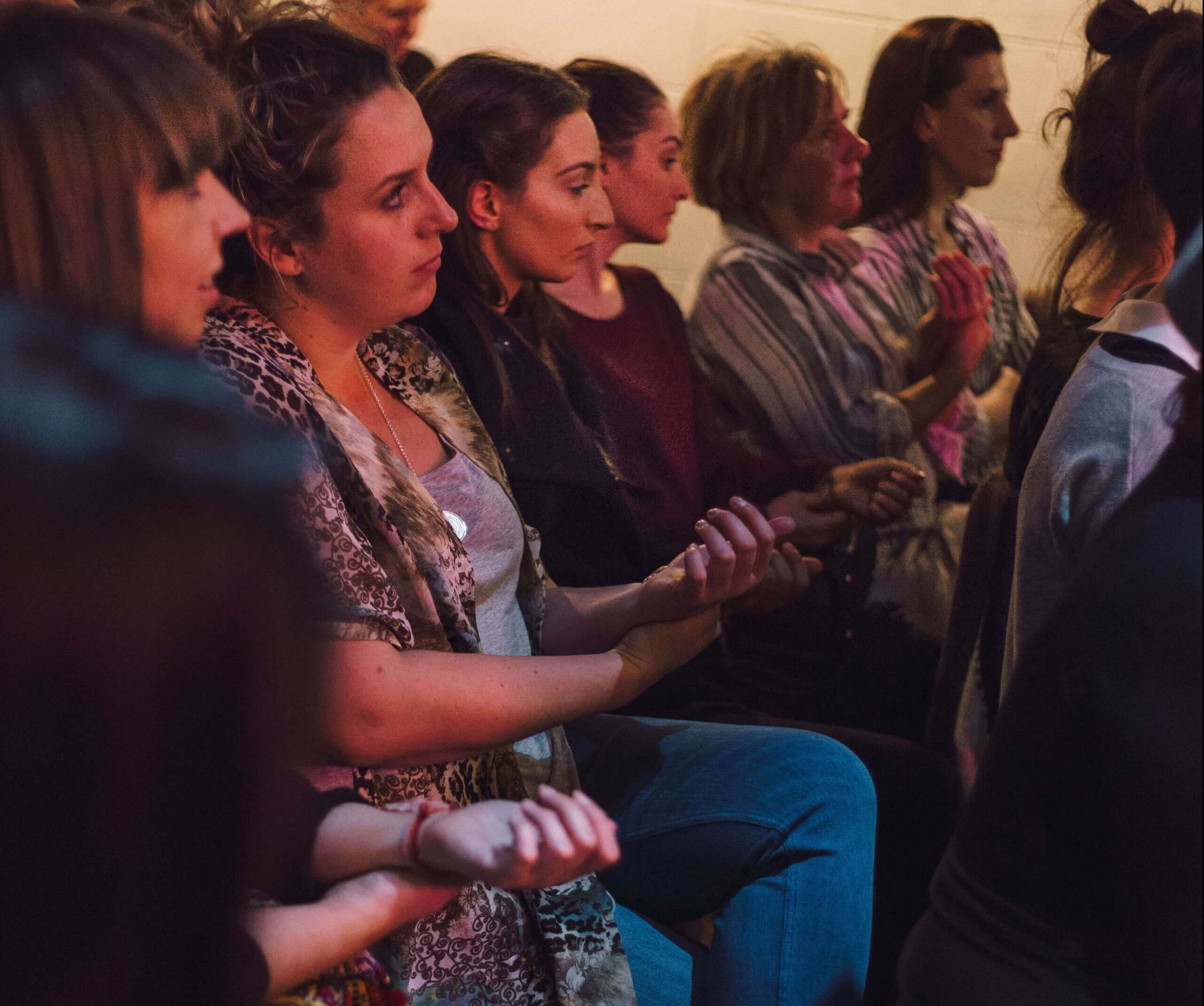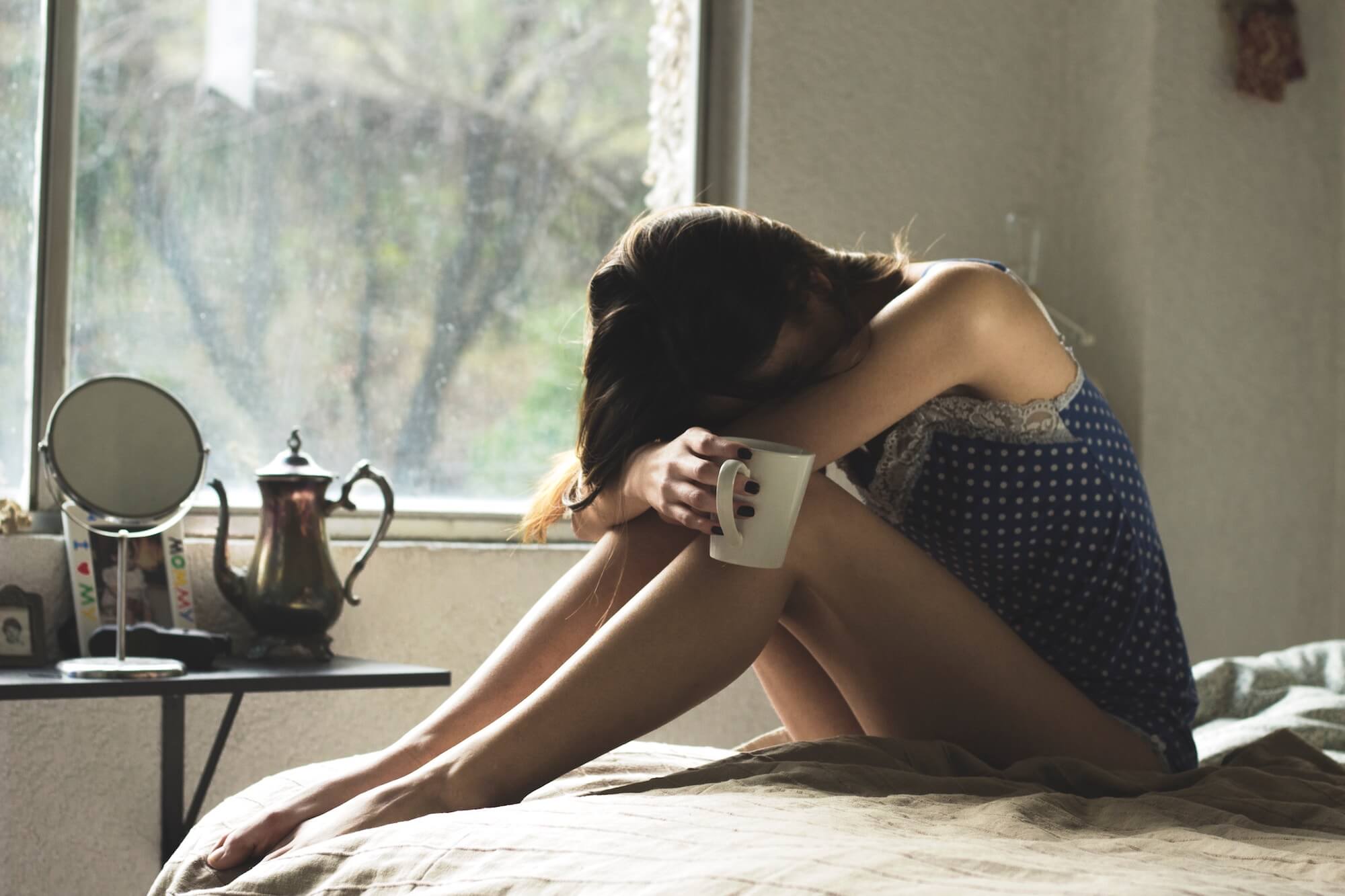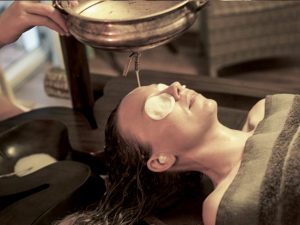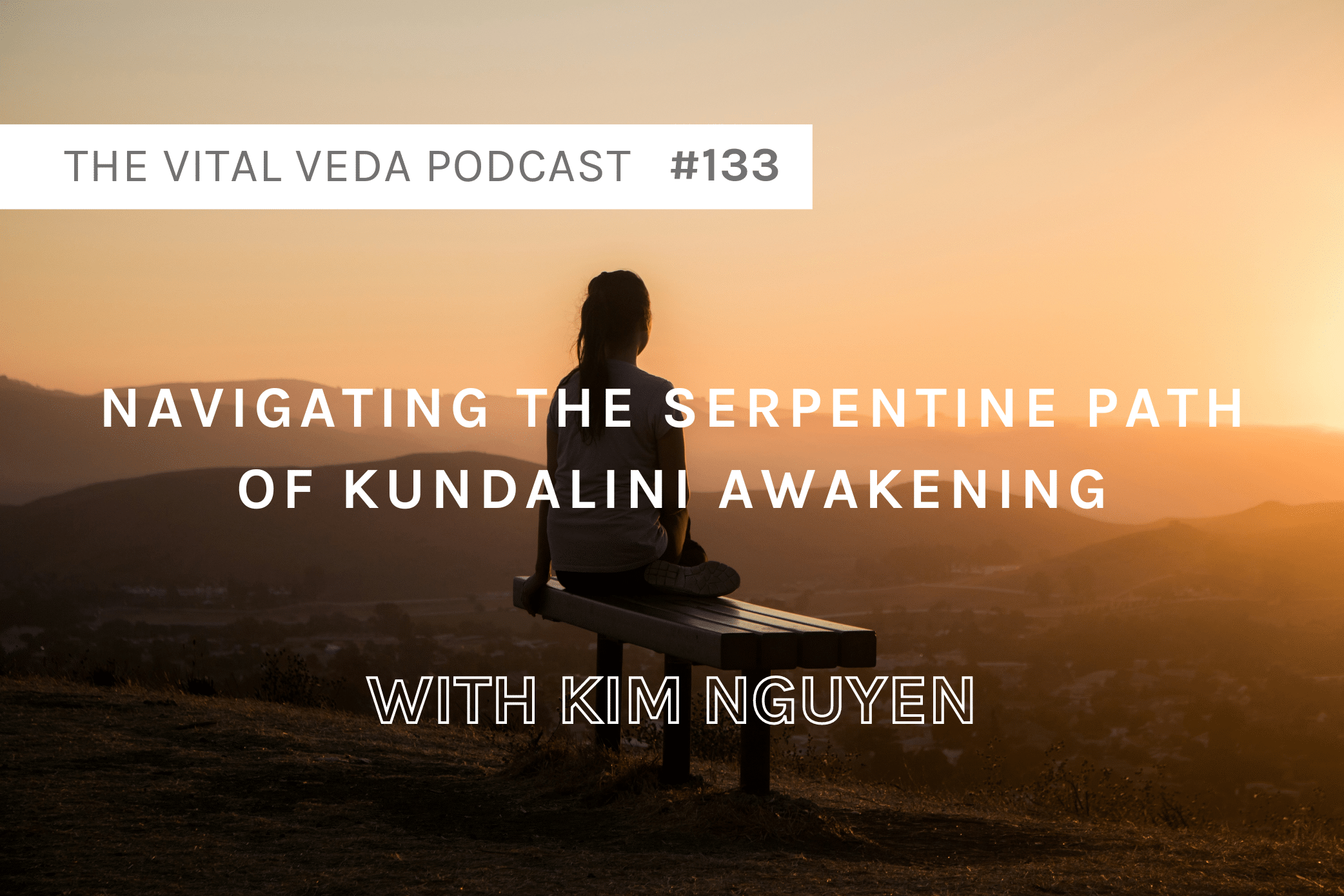Depression, mental health ailments and suicide are epidemics that are increasing every year and are currently at an all time high.
An estimated 1 million people worldwide die by suicide every year. It is estimated that global annual suicide fatalities could rise to over 1.5 million by 2020.
Globally, suicide ranks among the TOP THREE leading causes of death among those aged 15–44 years.(1)
Over 3,000 Australians die each by suicide. And it is increasing every year.(2)
40,000 Americans die each year by suicide.(3) Beyond lost lives, this has significant emotional and economic costs, resulting in approximately $44.6 billion a year in combined medical and work loss costs in the United States alone.(3)
We need to address the causes of this startling collective outbreaks.
You may have friends or family members who are experiencing depression and you don’t even know it…
You may be going through it yourself….
Note, if you have even slight depression, this does not mean it will manifest into a serious disorder or suicide.
Negative thoughts are normal, and we shall learn how to live with them without being a victim to them and suffering.
Read below to see how you can help yourself and/or others.
Teenage Depression and Suicidal Thoughts
More young people than in previous years are suffering from mental health issues, putting them at risk for suicide and other negative outcomes.
University counsellors have reported increased caseloads, with many more students seeking help for mental health issues in the years after 2010 compared to a few years prior, especially for mood-anxiety disorders and suicidal ideation.(4)(5)(6)
Two nationally representative surveys of over half a million adolescents in the U.S. and national statistics on suicide deaths for those ages 13 to 18, show adolescents’ depressive symptoms, suicide-related outcomes and suicide rates increased between 2010 and 2015, conducted by Dr. Jean Twenge.
Reports of increases in counselling use among high school students have also surfaced.(7)(8)
It is crucial we intervene during childhood and teenage years and implement the suggestions below.
The earlier we intervene, the better chance we have of saving people from digging a deeper and darker hole. The easier it will be to correct the mental imbalance.
CAUSES OF DEPRESSION AND SUICIDE
The most effective way to prevent depression itself and it escalating into suicide, is to remove the cause (as with all diseases).
Social Media
Another reason for the increase in mental health issues is the growing popularity of electronic communication, especially social media. Some studies link frequency of social media use to poor psychological well-being.(9)(10)(11)(12)(13)
Some research suggests that electronic communication, particularly social media, may increase feelings of loneliness.(14)

Blue Light and Screen Time
Computers, cell phones, tablets or television…
“Once you get to 3 hours a day [of screen time] — and especially 4 and then, really, 5 hours and beyond — that’s where there’s a much more significant risk of suicide attempts, thinking about suicide and major depression.”
~ San Diego State University psychologist Jean Twenge, who led the study with over half a million teenagers.(1)
Teenage girls are significantly more affected than boys. They answered “yes” to the following questions six times more than boys did:
- “Life often feels meaningless.”
- “I feel I can’t do anything right.”
- “I feel my life is not very useful.”
The study by Twenge also looked at survey responses to questions about suicidal thoughts, including:
- Depression
- Thinking about suicide
- Making a plan to commit suicide
- Actually having attempted suicide at some point in the past.
Blue Light as the Primary Cause, Not Financial or Academic Stress
The overall economy improved between 2010 and 2015.
Unemployment and the Dow Jones Index were not linked to depressive symptoms or suicide rates when matched by year.
Surveys suggest the amount of homework given over that time period did not increase.
But what did increase – students’ online activity, via computer games and social media.
Suicide rates have increased alongside a considerable increase of time spent on electronic communication since the smartphone was introduced in 2007 and gained market saturation around 2012.(15)
It is hard for parents to safeguard and teach kids digital skills and moderation since they did not grow up with internet and cell phones.
So it is vital the new generations to learn how to moderate their screen time and experience and become aware of the benefits of less screen time, more outdoor time and then pass on this experiential safe knoweldge to others and the generations to come.
Non-Native Electro-Magnetic Fields (nnEMF)
EMF are fields of radiation from devices like mobile phones, computers, wifi routers, cell-phone towers, smart TVs, induction stoves etc. They are very biologically active and heavily influence disease and the state of wellness.
A fraction of suicidal fatalities is falsely presumed to be the consequences of severe illness, infections, malignant complications and mental abnormalities.
The incidence of suicide in a society depends on a range of factors but all are linked to aberrant signalling in cells by nnEMF.
Clinical depression is a key cause of suicide. Depression happens to be the top symptom of nnEMF exposure according to papers with no industry affiliation since 1999.(1)

The Eastern Europe and East Asia regions have the highest suicide rate worldwide.
These areas also have the highest installed base of mobile phone users with blue light screens. What more? Both regions already have 5G in operation (significantly more nnEMF).
The region with the lowest suicide rate is the Caribbean where the sun is always tropical and technology is too expensive for implementation.
How nnEMF Leads to Depression:
- nnEMF causes calcium efflux (calcium flowing out of the body).
- All neuro-transmitters need calcium ions in proper doses to release from synapses and work in neurons.
- An improper neuro-transmitter function can lead to skewed mental functions which can lead to suicide.
- Suggested solution: Takradhara is an Ayurvedic treatment that directly regulates neurotransmitters by flowing medicated liquids over the head. It directly flows the medicine over the two brain hemispheres, hypothalamus and glands to pacify neuro-processors, which ultimately calms the mind down and removes stress so that the body can release the depression and happiness can proliferate.
Lack of Sunlight
Working in an office with lack of natural light, staying indoors all day, working in mines, living in climates with little sun, wearing sunglasses too much, all reduce serotonin and dopamine levels and inhibit melatonin production. When melatonin is reduced, cortisol (stress hormone) goes up and a bunch of vital body processors are comprised.
Adding artificial blue light to the equation further destroys melatonin and makes this circadian mismatch more chaotic, allowing for a vulnerable mind that is disturbed with confusing and depressive thoughts.
The workforce in Australia with the highest suite rates happens to be the mining industry.(16)
Family and Friend Relationships
A supportive family, friend and/or community network is greatly important for someone dealing with depression.
Many victims of suicide and depressions suffer due to lack of family, so it is important to provide them with community support and love.
Low Sattva (Purity) – Ayurvedic Emotional Body Types
According to Ayurveda, depression comes when Sattva is low.
Sattva is a quality in us that translates to “purity.” If Sattva is increased, then so is our inner stillness, clarity of mind and contentment. Love radiates and flows back to us in abundance, while happy hormones simultaneously secrete.
Things that increase sattva include meditation, loving relationships, freshly cooked wholesome food, massage, sunshine and spending time in nature.
Accordingly, the emotional body type that dominates is called “Tamas.”
Tamas translates to “inertia.” It is associated with dullness, lack of zest for life, addictions to drugs, alcohol, food, feelings of heaviness and depression. When sattva is low, the mind is vulnerable and negative thoughts can dominate.
Things that increase tamas include left-over, heavy and unwholesome foods, lack of sunlight, lack of exercise, television, social media and screen time, alcohol, drugs and excessive sleep.
We have to increase sattva in people with depression then tamas will fade away. Introduce the light and the darkness will go, rather than trying to remove the darkness.
Excessive Exercise While Not Honouring your Circadian Rhythms
Excessive exercise (like cross-fit) while using technology all hours of the day (and at night) and not sleeping properly at night.
Factors for proper sleep:
- Going to bed before 10pm and waking up before or with the sun.
- Slept throughout the night, feeling well rested and waking up feeling energised.
- Limited and/or filtered use of artificial blue light (screens, house lights) after sunset till bedtime.
Pathology to Depression:
- Exercise increases Brain Derived Neurotropic Factor (BDNF) proteins in your brain which acts as a mood enhancer.
- BDNF, also known as “Brain-derived nerve growth factor,” increases new neuron sprouting and new growth in our brain. But the newly created circuits have to be pruned by the action of melatonin at night, via autophagy (degrading dysfunctional and unnecessary cellular components).
- If you do not release proper amounts of melatonin at night (due to excessive blue light, inadequate sleep, disrupted circadian cycles), you do not optimally prune these BDNFs.
- As a result, your brain does not work well – adrenal fatigue begins, addictions can be triggered and adding in nnEMF to the equation (which causes calcium efflux) enhances it all and can create a suicidal mind.
Mitochondrial Dysfunction and Suicide is Exacerbated at High Altitudes
This pathology is especially enhanced at high altitudes due to increased hypoxia (oxygen deficiency) which creates mitochondrial swelling and increases the size of mitochondria which causes one to be energy inefficient.
Altitude influences the orderly processes in our mitochondria, using the strongest force in nature to alter the tensegrity (tensional integrity) of our cells, causing them to oscillate and vibrate chronically.
This stimulates calcium efflux to decrease cell membrane function and further contribute to mitochondrial swelling.
Interestingly, the states in USA with populations who live at high altitudes have the highest suicide rates (e.g. Alaska, Wyoming, Utah).
This is why a good looking, buff-body cross-fitter or marathon runner eating paleo and using technology to much can suddenly kill themselves or drop dead.

HOW TO HELP WITH DEPRESSION AND SUICIDE
Fix Your Light and Circadian Cycles
Avoid artificial blue lights and screens and increase exposure to sunlight. Expose your skin and eyes to the sun without sunglasses and sunscreen. Learn more here.
Watch Sunrise
Do whatever it takes to get the depressed person out of bed and watch the sunrise. Even if they go to bed after.
While watching, do a back bend, then it is impossible to have a negating or depressive thought because the body is unable to shape consciousness in that way.
This immediately changes your whole perspective on the world. Your body architecture shapes consciousness. If you bend forward, naturally consciousness will conform.
Do these two things and all you can think is constructive thoughts.

Moral and Loving Support and Assurance
This is essential from family, friends, community and therapists. But this needs to be in a sensitive and careful manner.
The depressed person needs to be assured that:
You are so precious. You are capable and truly are confident. Birth as a human is a great gift. It took so many reincarnations to be a human and now you are.
The human lifespan according to Ayurveda in this age (Kali-yuga) is till 128 years old. Complete that lifespan so you can live dharma (your role in the evolution of things) to create and contribute to the community.

Serve Others
Social work, community work, volunteering, helping others in anyway will give satisfaction and strength. It will reinforce that the person is worthy of contributing to this world.
Surround Yourself with Pure and Happy People and Activities
Don’t be around people who are negative or who talk about negative or depressive aspects of life, even if this is family members or “friends.” Don’t spend time in places influenced by alcohol or drugs and only be in a happy atmosphere.
Takradhara / Shirodhara Treatment
Takra Dhara and Shirodhara is an ancient treatment where medicated buttermilk or oil is poured over the head in a rhythmic mater. This stabilises the mind and everything going on inside it. This treatment installs deep rest and energy into someone, essential for depressed people who don’t sleep well and who lack energy.
This is very effective to remove the darkness, confusion and excessive thoughts clouding a depressed mind and can literally save someone’s life by liberating them from suicidal thoughts. Read more here
Balance Vata
One of the first things to check it the vata dosha. This is the bio-energy in the body responsible for movement and the nervous system. Specifically check Apana Vata, which is the biological function responsible for elimination.
Ensure that the person is having proper elimination and menstruation. If they are not, address the digestion with herbs like shodana vati or triphala so that proper downward action is happening so the vata (movement energy) is not excessively travelling upward to overwhelm the brain (prana vata, the top of the vata axis).
Abhyanga is also one of the best things to balance vata.
Spend Time in a Temple, Holy Place or Nature
Temples – Due to vaastu (vedic architecture according to natural law), energy builds within the temple to directly fortify the person with strength. They forget everything and their mind becomes sattvic while in the temple. A visit to a temple helps remind the depressed person of their true sattvic nature and prevent them from tunnelling deeper into a dark hole.
This design is particularly in Hindu temples, especially old temples around India which have had primordial sounds, vibrations and flow on consciousness (soma) directed into them for hundreds and perhaps thousands of years.
Time in Nature – Will increase sattva and ojas (vital essence). Breathe in the fresh air of forests or bush to load up your microbiome, get away from nnEMF, touch your bare feet and hands to nature and ground your body and build up negative ions which reduce inflammation and stress. Learn more about Nature Deficit Disorder.


Pet Therapy
Adopting a pet will shift the mind to focus on something else. Even petting an animal increases oxytocin and reduces cortisol. Furthermore, animals absorbs some of the karma of patients.

Diet Recommendations for Depression
- Sattvic foods – pure, freshly cooked, wholesome organic foods cooked with love.
- Light foods that are easy to digest.
- More ghee in the diet since ghee is one of the most sattvic foods.
- Hot milk + ghee + sugar 30-45 mins before bed is very helpful to pacify the mind. Use full cream un-homogenised cow milk as this has the peptides that reduce cortisol. For an enhanced elixir, add one pinch Vital Veda’s/Raju’s Swasakasantak Yog or Samadhi into the milk.

Feel Your Own Pulse
Feeling your own pulse itself is therapy as it connects your physiology with the underlying source of consciousness. This immediately puts you in the present moment.
Sit in a quiet room, and just feel, can do this for as long as you want. Do especially when you are feeling depressed, stressed or anxious.
You will come across many thoughts whether it be positive or negative. Just Be the witness to these.

Consult a Therapist / Psychologist
Positive counselling is super important. Talk to a qualified therapist and/or an intimate talk group where it is safe to share. Don’t underestimate the importance and power of talk therapy in all it’s expressions.
Also to consult an Ayurvedic practitioner so they can prescribe herbs and treatments, and assist you in this journey and also in transitioning off anti-depressant medication in association with the doctor who prescribed it (if appropriate and if desired by the patient).
Other treatments actions include:
- Monitor intense and violent music and movies
- Perform Nasya daily
- Perform Pranayama daily: Deep breathing or alternate nostril breathing (Nadi Shodana).
CONCLUSION: ATTUNE WITH NATURE
The more disconnected your mind is from the natural environmental light and magnetic effects that interact with your circadian signalling, the more altered your perceptions of reality become.
If you’re well connected to nature, ama (toxic sticky substances) and inflammation levels are low, your body acts in a coherent fashion, intelligence is functioning well and you feel radiant.
On the other hand, when you are sick, the opposite happens. The minds’ thoughts become disconnected from the circadian clocks in your cells.
When this happens chronically, your thinking goes crooked, the intellect becomes mistaken and you begin to feel depressed. If this continues deeper, you may contemplate suicide.
The overall principle is to increase sattva.
Reach out to your loved ones and friends.
Regularly check in and ask how they are doing.
Feel open and liberated to share your feelings and emotions with others.
References:
- Dr. Jack Kruse
- Causes of Death’, 26 Sep 2018, Australian Bureau of Statistics, http://www.abs.gov.au/Causes-of-Death
- Centres for Disease Control. (2017). WISQARS fatal injury reports, national and regional, 1999–2015. National Center for Injury Prevention and Control. Retrieved from https://webappa.cdc.gov/sasweb/ncipc/mortrate10_us.html
- Beiter R., Nash R., McCrady M., Rhoades D., Linscomb M., Clarahan M., Sammut S. (2015). The prevalence and correlates of depression, anxiety, and stress in a sample of college students. Journal of Affective Disorders, 17390–17396.
- New J. (2017, January 13). Balancing response and treatment. Inside Higher Ed. Retrieved from https://www.insidehighered.com/news/2017/01/13/colleges-struggle-provide-ongoing-treatment-demands-mental-health-services-increases
- Novotney A. (2014, September). Students under pressure: College and university counseling centers are examining how best to serve the growing number of students seeking their services. APA Monitor. Retrieved from http://www.apa.org/monitor/2014/09/cover-pressure.as
- Anderssen E. (2013, January 21). Why are today’s teenagers feeling so anxious? The Globe and Mail. Retrieved from https://beta.theglobeandmail.com/life/health-and-fitness/health/conditions/why-are-todays-teenagers-feeling-so-anxious/article7604612/
- Noguchi S. (2014, February 5). Teen health: Depression, anxiety and social phobias rising in kids, educators say. San Jose Mercury News. Retrieved from http://www.mercurynews.com/2014/02/05/teen-health-depression-anxiety-and-social-phobias-rising-in-kids-educators-say/
- Augner C., Hacker G. W. (2012). Associations between problematic mobile phone use and psychological parameters in young adults. International Journal of Public Health, 57, 437–441.
- Kross E., Verduyn P., Demiralp E., Park J., Lee D. S., Lin N., , . . . Ybarra O. (2013). Facebook use predicts declines in subjective well-being in young adults. PLOS One, 8, e69841. doi:10.1371/journal.pone.0069841
- Huang C. (2017). Time spent on social network sites and psychological well-being: A meta-analysis. Cyberpsychology, Behavior, and Social Networking, 20(6), 346–354.
- Shakya H. B., Christakis N. A. (2017). Association of Facebook use with compromised well-being: A longitudinal study. American Journal of Epidemiology, 185(3), 203–211.
- Tromholt M. (2016). The Facebook experiment: Quitting Facebook leads to higher levels of well-being. Cyberpsychology, Behavior, and Social Networking, 19, 661–666.
- Song H., Hayeon S., Anne Z.- S., Jinyoung K., Adam D., Angela V., , . . . Mike A. (2014). Does Facebook make you lonely? A meta analysis. Computers in Human Behavior, 36, 446–452.
- Smith A. (2017, January 12). Record shares of Americans now own smartphones, have home broadband. Pew Research Center. Retrieved from http://www.pewresearch.org/fact-tank/2017/01/12/evolution-of-technology/
- National Coronial Information System, Suicide deaths from 2011 – 2014.









